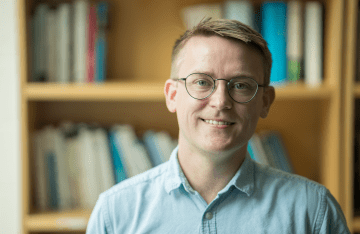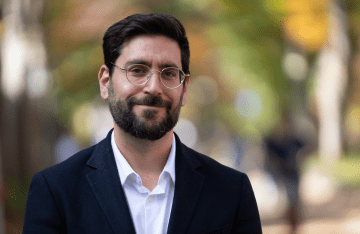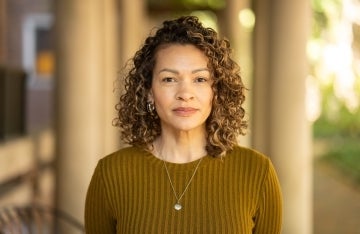Annenberg Faculty Visit Cuba
Dean Delli Carpini led a group aimed at developing collaborative connections with colleagues in the island nation.
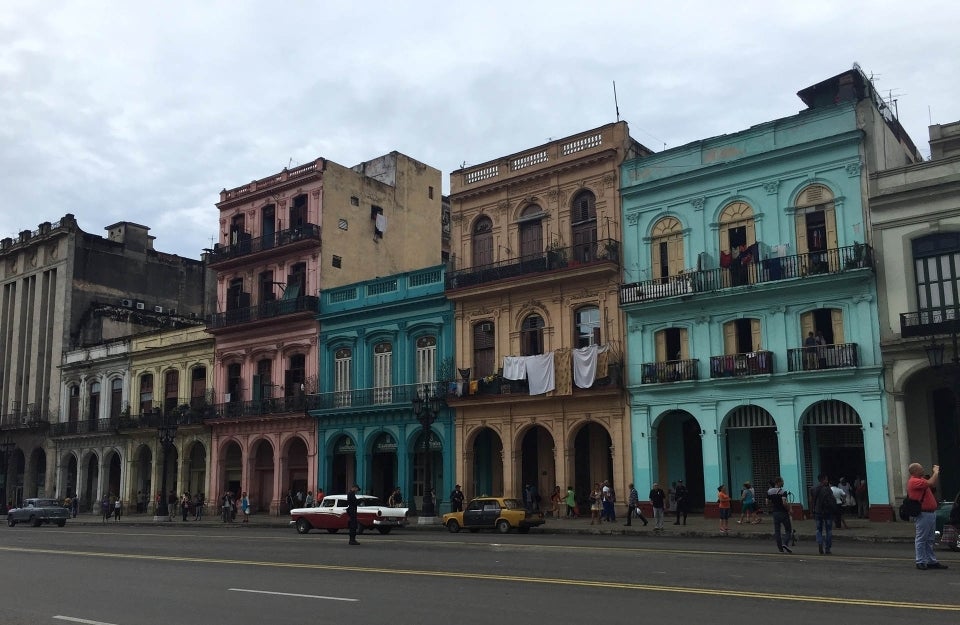
A row of houses along Galiano in Havana, Cuba. (Photo Credit: Kelly Fernández)
They took photos of the candy-colored cars of the 1950s and Havana’s grand architecture in all its faded glory. They admired the artwork depicting Fidel Castro, Che Guevara, and Camilo Cienfuegos at the Museum of the Revolution and ate in paladares, restaurants often run out of people’s homes.
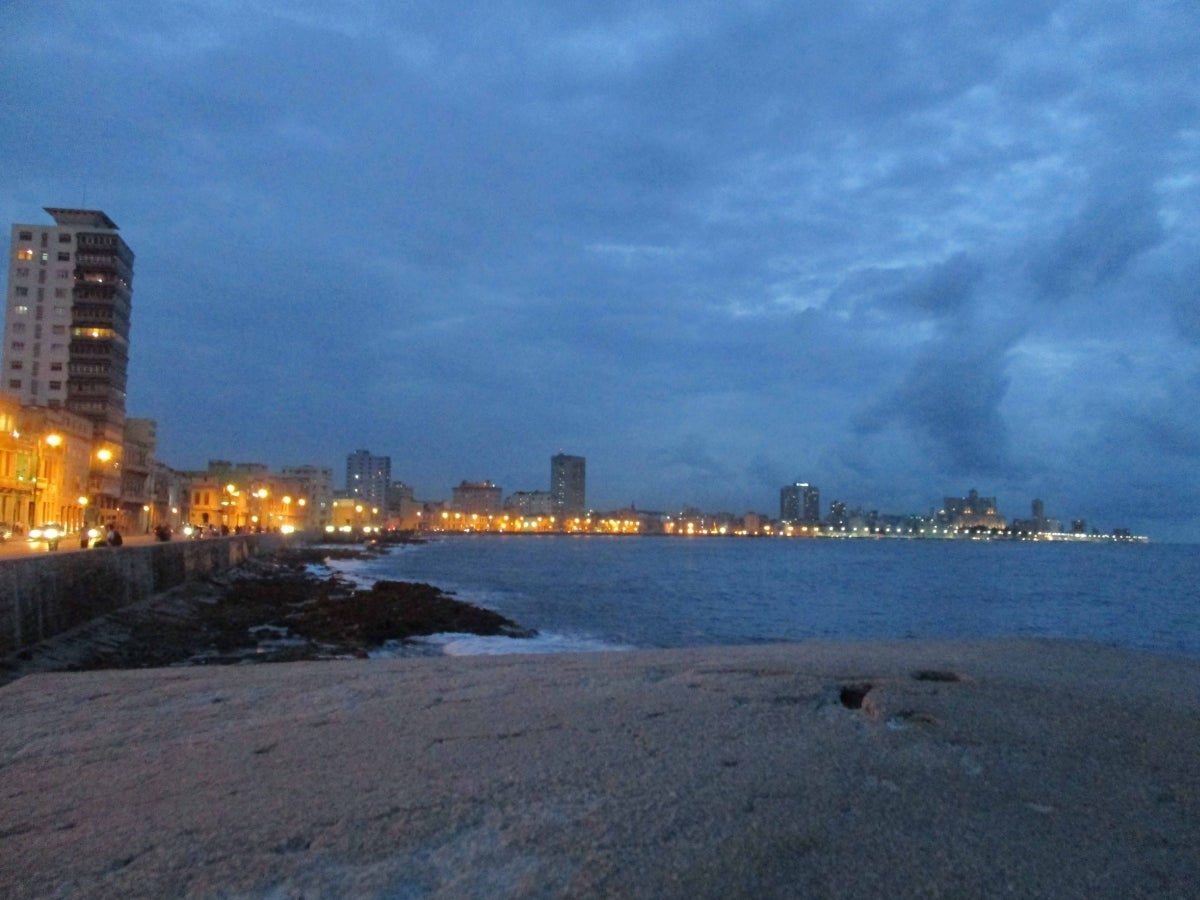
But the delegation from the Annenberg School for Communication travelled to Cuba for more than just tourism. When the U.S. announced the opening of its relationship with Cuba last summer, Dean Michael Delli Carpini, along with colleagues from Temple University, saw the opportunity to develop collaborative connections with colleagues in the island nation just 90 miles offshore.
That is how last month, Delli Carpini, professors Sandra González-Bailón, Marwan Kraidy, and Jessa Lingel, and staff member Kelly Fernández came to meet the Communication faculty at the Universidad de la Habana.
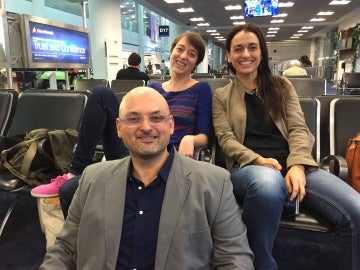
The meeting was inspiring and enlightening, says González-Bailón.
“I was positively struck with how much emphasis their education program puts on the practical value of students’ work, which encourages them to have a positive impact on society,” she says. “I was also impressed with their research ideas and projects, especially considering the limitations that the economic blockade has imposed on their access to resources.”
The Annenberg delegation, accustomed to being awash in internet bandwidth at home, was surprised by the scarcity of consistent access to the internet in Cuba. While signals tended to be better around the university, at times it can be difficult to access scholarly journals from Cuba, simply for the lack of bandwidth to download them.
While the two schools left things open-ended, says Delli Carpini, the feeling at end of the meeting was that there is real interest and possibility to work together on everything from informal exchanges to joint conferences and projects.
Cuban writers, Kraidy points out, have made significant and enduring contributions to the study of cross-cultural contact and mixture. In addition, the development of Cuba’s media system separate and distinct from an increasingly interpenetrated global media marketplace presents fascinating opportunities for comparative media research. Kraidy is keen on developing research collaborations through the Project for Advanced Research in Global Communication, which he directs.
The timing of the meeting also allowed Annenberg visitors to attend the international communication conference ICOM 2015 in Havana. While largely in Spanish, the conference sessions had simultaneous translation into English.

“The international attendees and global focus of the conference was an eye-opener,” says Delli Carpini. “It showed me how influenced Americans, including myself, can be by our half century of isolationist policies towards and media coverage of Cuba. The reality that while most U.S. citizens haven’t been going to Cuba, much of the rest of the world has been, really hit home to me in a visceral way.”
He also noted that the work of the largely Latin American scholars tended to be more political economy and critical studies oriented rather than quantitative and social science-related. (The U.S. tends to be a mix of both.)
The time spent in Cuba informally was also an enlightening experience. González-Bailón was intrigued by the historical opportunity.
“Cuba has played a very important role in contemporary history: the Revolution incited passions amongst both those that were for and those against it,” she explains. “Its values still stir the political consciousness of many people, young and old. I wanted to learn more about how Cubans imagine themselves and their future now that they are standing on this crucial crossroads.”
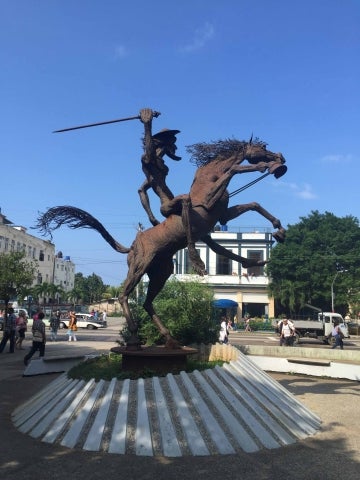
Lingel, whose own research is in digital culture and how different subgroups of people navigate their world using technology, found the visit quite relevant to her work.
Transportation provided a clear example. Several of the scholars hired a driver for a daytrip outside Havana. When their 1950s-era car got a flat tire, the driver had it fixed in less time than Lingel might take to change a bicycle tire.
They also met a man who had rigged a wooden platform onto his bike so that his child could ride with him.
“When I asked him about it, he said, ‘That’s Cuba for you — We improvise!’” says Lingel. “It seemed to me that the ability to improvise and experiment was not just a technological necessity but part of how Cubans think of themselves — as resourceful, self-reliant people who are very adept at developing ad hoc solutions to problems.”
The trip also fits into Annenberg’s larger mission and strategy to increase its global footprint, research, and interactions. “We’ve had some successful programs and partnerships in China, Europe, and the Middle East,” says Delli Carpini. “We haven’t had as much engagement with Latin America, so I’m really excited about the possibility of building our connections in Cuba.”

